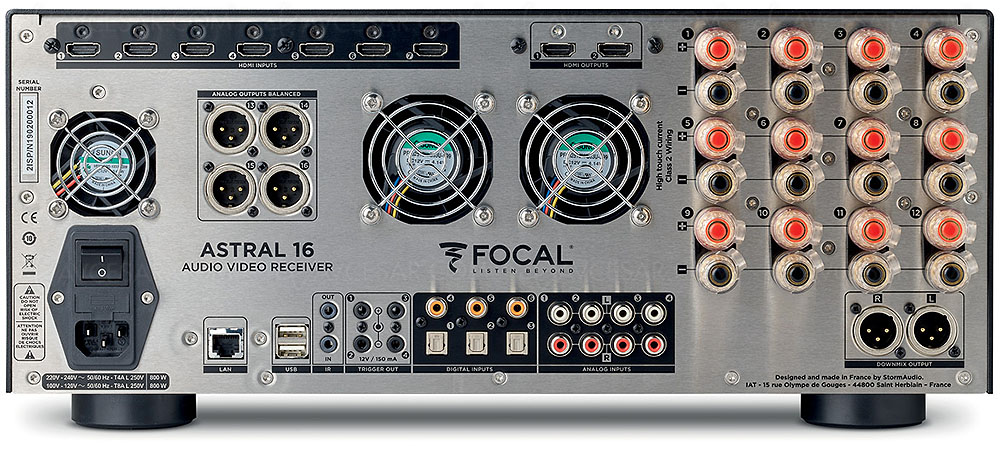Honestly as someone who has experience with both if you’re using DLBC for bass management and not running active speakers directly from the AVP or with digitally-connected controllers it’s hard to argue the value added here over HTP-1.
Even then it seems pretty hard to justify $11,000 to remove a likely inaudible ADC.... as much as I would like digital outputs to my Genelecs I can't imagine paying that much extra for them lol. If the SDP-55's software wasn't such a mess, the $2000 there(for Dante) would be an easier sell.
